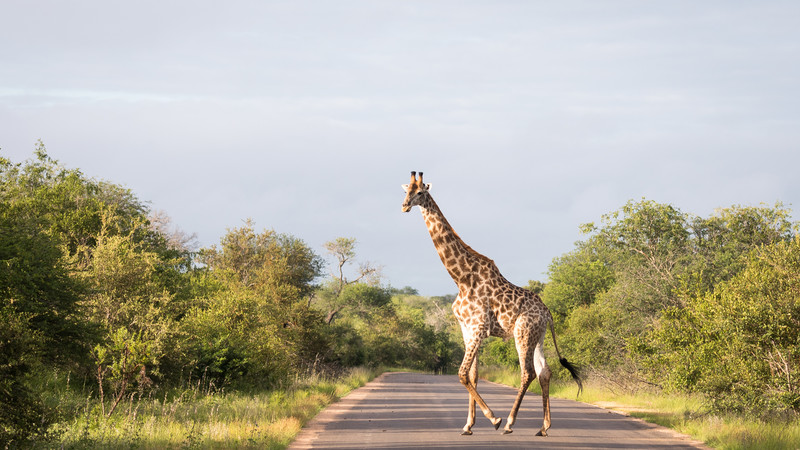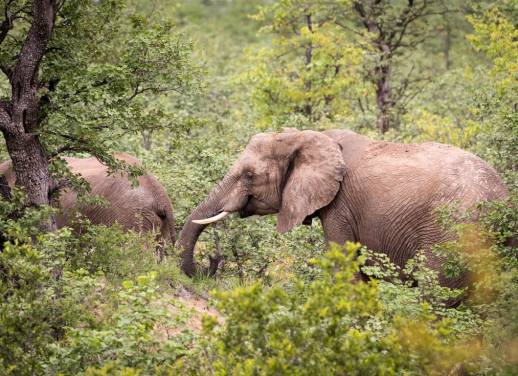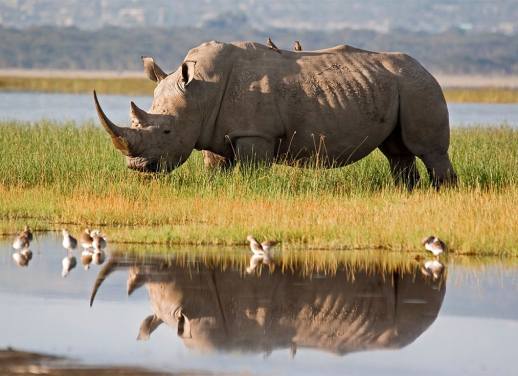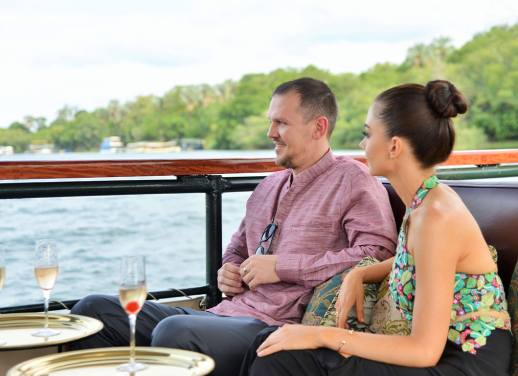“Okay, keep quiet, and look straight ahead. There’s going to be animal action coming in at your 12 o’clock, folks.”
I’m on my first ever game drive in Kruger National Park, a 40,000 square kilometre slice of wildlife paradise, and I’m about to spy my first rhino.
From the seat of my safari truck, I’m quietly humming a medley of Toto’s Africa and Can You Feel the Love Tonight from the Lion King. Because not only is this my first game drive but it’s also my first time to Africa; I’m travelling with a small group on Intrepid’s 22-day Kruger, Coast & Cape trip. With every passing marula tree, I’m getting closer and closer to reaching peak Disney.
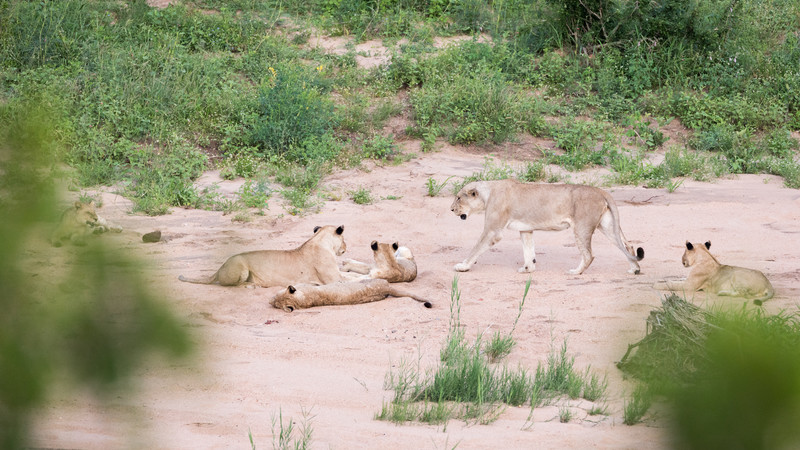
Image by Allison McCarthy.
Our guide, Gift, is from Zimbabwe and he’s a former park ranger. He can spy impala on the horizon with the eye of a hawk, and tells us every key biological moment of a female elephants pregnancy (did you know a baby elephant is born weighing in at approximately 105 kilograms?). “Take a look at his lip,” Gift says, gesturing to the rhino crossing the road in front of our truck. “Black rhino lips are pointed to help pull the leaves off the trees.”
CHECK OUT OUR RANGE OF SMALL GROUP ADVENTURES IN AFRICA NOW
The black rhino is just one of the Big Five we see that day: a herd of elephants rumble past my open window, a family of giraffe stretch their necks to higher reaches, buffalo stand sentinel on the plains, and one solitary lioness suns herself on a boulder. The leopard proves elusive though, cleverly staying out of binocular sight from its hiding spot in the branches.
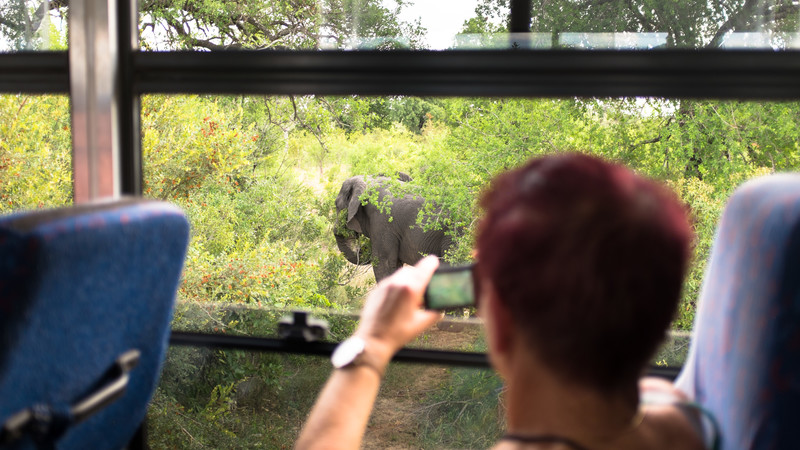
Image by Tayla Gentle.
Kruger is every Attenborough lover’s dream. Watching a group of baboons tumble and chase each other through the trees is the best kind of television, and a South African sunset looks even better in real life than it does on Instagram. But to make sure you get the most of your overland experience, there are a few rules to live by:
RELATED: WHAT TO EXPECT ON AN AFRICAN OVERLAND TRIP
1. BYO binoculars
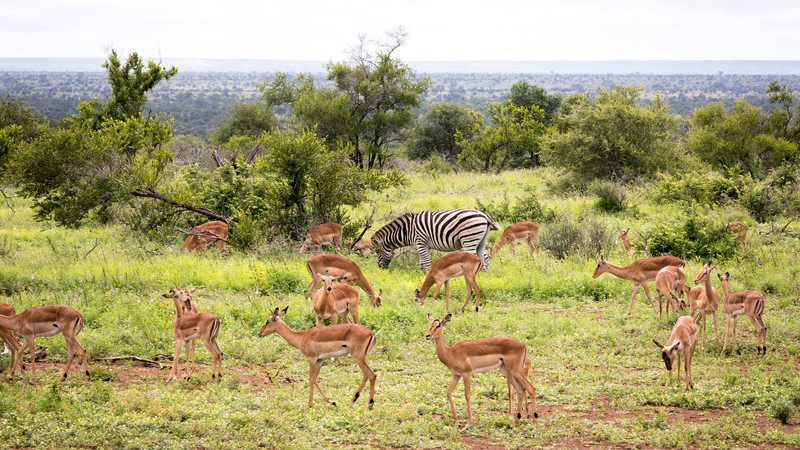
Image by Allison McCarthy.
I’ll be honest, I’ve always put binoculars in the ‘old person’ and ‘twitcher’ category of travel purchases but, boy, did I regret not bringing a pair on safari. There’s nothing quite like sitting there, with your less than 20/20 vision, squinting into the midday glare trying to make out the shape of a hippo in the watering hole. A few times I just nodded my head, as if ‘yes I too can see the buffalo/impala/baboon on the horizon’, when in reality the horizon just looks like a flat pancake. Don’t miss out on the bush television action: bring a better pair of eyes with you.
RELATED: “THIS IS AFRICA!”: ONE TRAVELLER’S ADVENTURES ON THE SERENGETI TRAIL
2. Nab a window seat
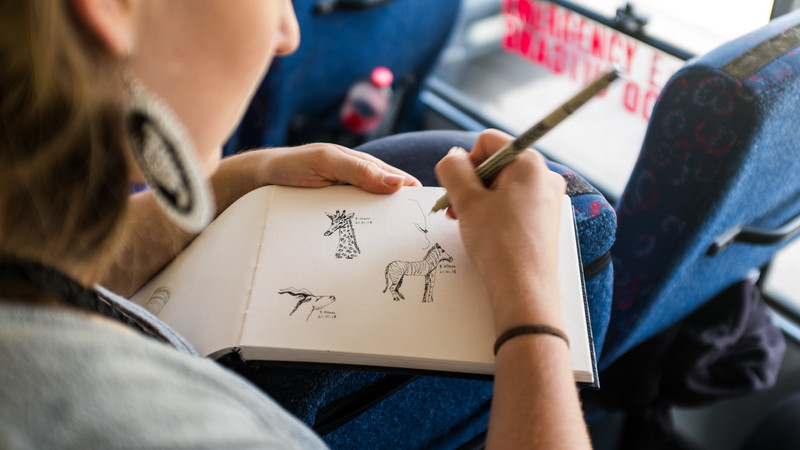
Image by Tayla Gentle.
The Intrepid overlanding trucks are absolute monsters. Built for off-road and on-road, when you’re on a game drive all the windows roll down for an unobstructed view to the park. I highly recommend grabbing a window seat. Not only for the better view but because you get the breeze in your face, the smells of the parklands and the noise of the animals. It puts you right in the thick of it, via the safety and comfort of a vehicle.
3. Go on a night drive
They say the early bird gets the worm, but the night owl gets the nocturnal animals. Go out in an open-air safari vehicle after the sun has set to experience a different side to Kruger. By the light of your torch, catch glimpses of the park’s most secretive animals and listen to the sounds of a game park sleeping. Tip: when throwing your torch light, look out for the reflections in animals’ eyes.
SUBSCRIBE TO INTREPID’S NEWSLETTER FOR TRAVEL TIPS, COMPETITIONS, GIVEAWAYS & MORE
4. Keep your eyes on the trees
For the most part, Kruger is so packed with animals that spotting the majority of the Big Five isn’t hard. Elephants come by the horde, buffalos in a pack, giraffes by the dozen and yet the mysterious leopard remains a rare sight. While you’re cruising, keep your eyes on the tree line. The only time I saw a leopard was when it was hanging out on a tree branch, almost entirely camouflaged.
5. Leave your site clean
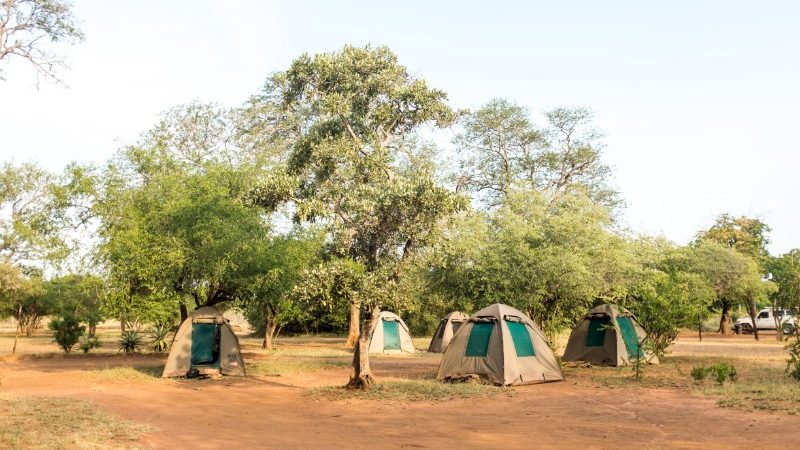
Image by Tayla Gentle.
If you’re camping, good job: this is the best way to experience the park. The campsites are spacious, the amenities impeccable, and there’s nothing better than falling asleep to the sound of a lion’s roar. While the sites are bordered by fences to stop stray animals wandering inside, the fences aren’t foolproof and you’ll often see a few cheeky baboons wandering down the road. Keep your site clean and pack away all your belongings, because those baboons are guiltless and will steal everything you’ve got.
RELATED: 6 THINGS TO KNOW ABOUT CAMPING IN EAST AFRICA WITH INTREPID
6. Come with no expectations
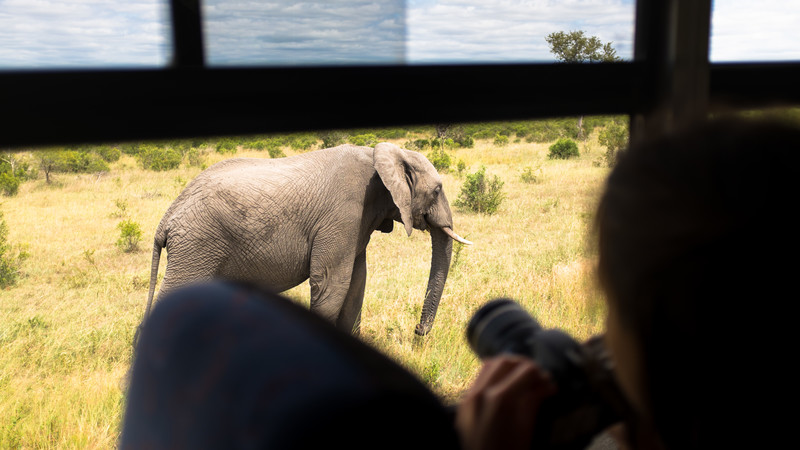
Image by Tayla Gentle.
Probably the most important tip for Kruger: come with no expectations. If you arrive at the park with an open mind and heart, every animal sighting is going to be a bonus. This is wild territory and you’re not guaranteed to see a rhino, so don’t pen all your hopes and dreams and travel success on one thing. You never know, you might find a new spirit animal. Mine is the warthog.
Ready to experience the wonder of southern Africa? Book your spot on an Intrepid small group adventure now.
Feature image by Allison McCarthy.

